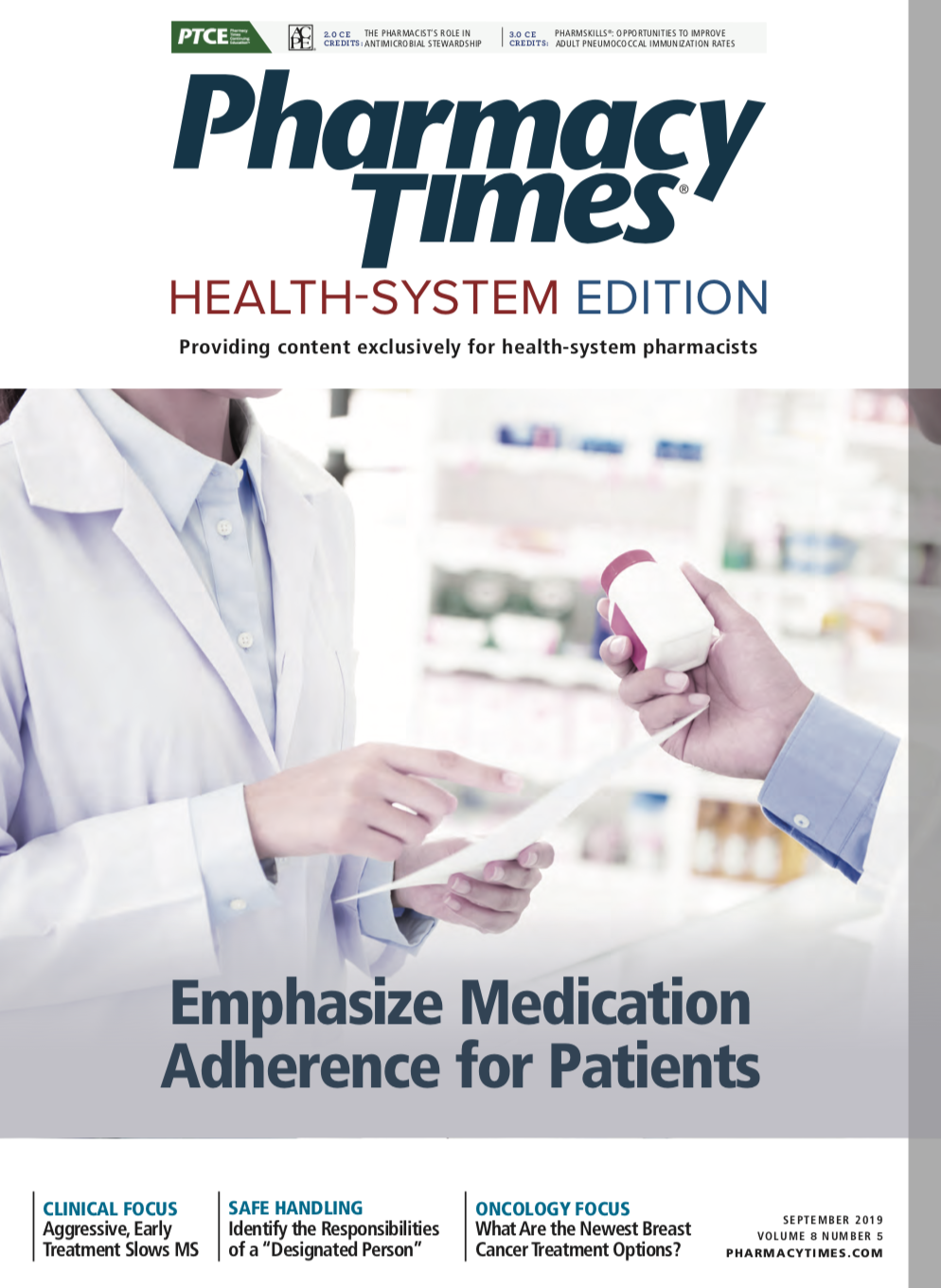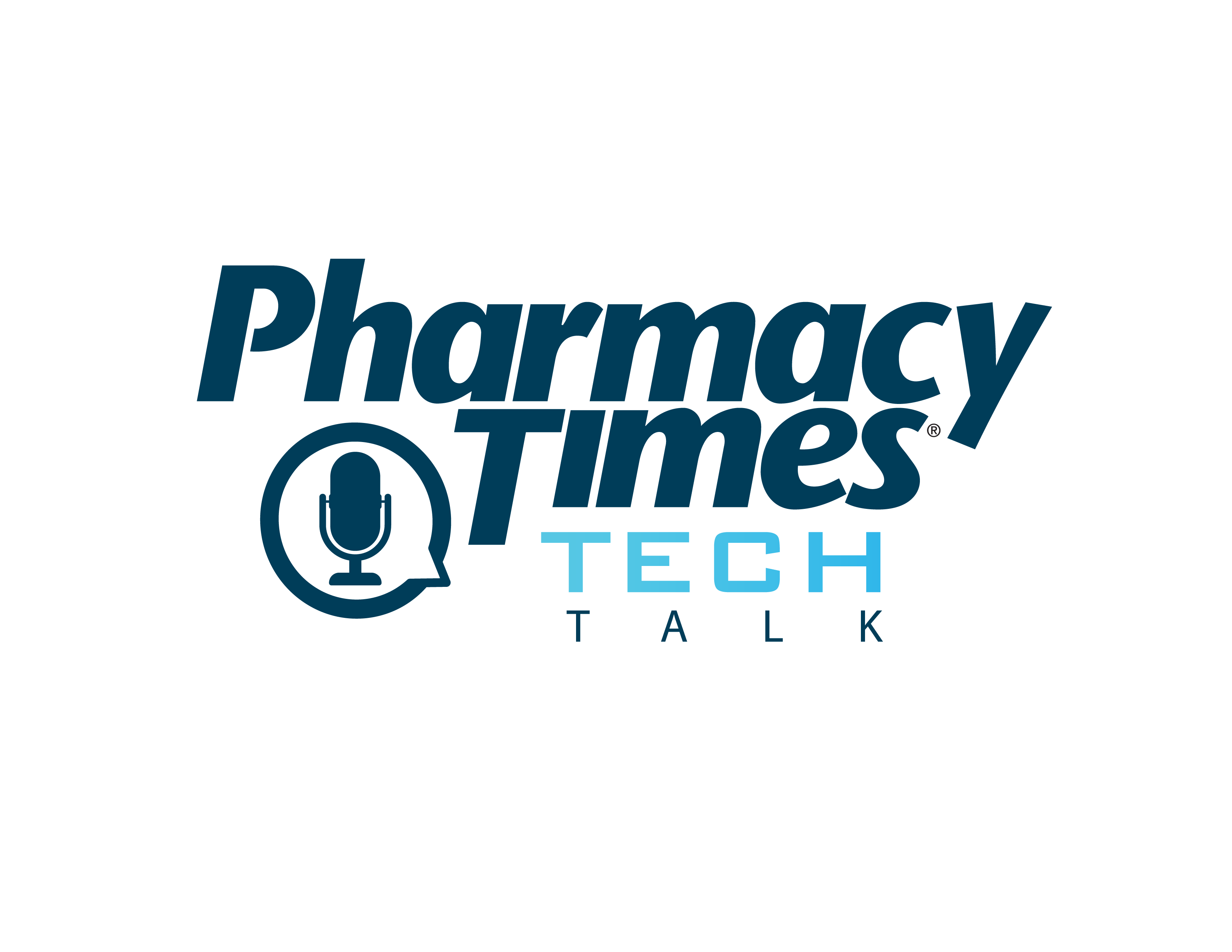Publication
Article
Pharmacy Practice in Focus: Health Systems
Identify the Responsibilities of a “Designated Person”
Author(s):
The Job Descriptions From USP Include Attention to Detail, Communication, and Leadership Skills Within a Compounding Facility
United States Pharmacopeia (USP) General Chapter <800> (“Hazardous Drugs— Handling in Healthcare Settings”) introduced the concept of a “designated person”. The revisions to USP Chapters <795> (“Pharmaceutical Compounding—Nonsterile Preparations”) and <797> (“Pharmaceutical Compounding—Sterile Preparations”) also include references to a designated person or persons.
Yet who exactly is a designated person, and what does this person do? USP <795> and <797> define designated person(s) as 1 or more individuals assigned to be accountable and responsible for the operation and performance of the compounding facility and personnel. The chapters then go into detail about exactly what this means.
Per USP <795>, a designated person must:
• Ensure that follow-up is carried out if deviations, errors, or problems are identified
• Ensure that formal, written quality assurance and control programs are established
• Ensure that standard operating procedures (SOPs) are fully implemented
• Establish, monitor, and document procedures for the handling and storage of components and/or compounded preparations
• Evaluate whether an exception may be made to personnel preparation requirements when entering the compounding area
• Evaluate whether individuals with certain conditions should be excluded from working in the compounding area
• Monitor and observe compounding activities
• Oversee the personnel training program
• Select components
Oversight of the personnel training program includes ensuring that the program describes the required training and frequency and how competency will be assessed. It also entails the actual training of compounding personnel or overseeing the training performed by an assigned trainer. The program must equip personnel with the knowledge and skills needed to perform their assigned compounding tasks and must be documented.
USP <795> requires that the designated person(s) be identified in an SOP and also states that if a compounding facility has just 1 person responsible for all the compounding in the facility, that person is the designated person.
Per USP <797>, a designated person must:
• Confirm the appropriateness of sterilizing filters
• Ensure that appropriate air classification requirements are met
• Ensure that corrective actions are documented and taken if deviations, errors, failures, or problems are identified
• Ensure that formal, written quality assurance and control programs are established
• Ensure that International Organization for Standardization 5 areas are located, operated, maintained, monitored, and certified to have appropriate air quality
• Ensure that SOPs are appropriate, imple- mented, reviewed, and documented at least every 12 months to ensure they reflect current practice and that they are revised and documented when necessary
• Ensure that those entering the sterile compounding area maintain the quality of the environment
• Evaluate whether an exception may be made to personnel preparation requirements when entering the sterile compounding area
• Evaluate whether individuals with certain conditions should be excluded from working in the sterile compounding area
• Investigate temperature excursions
• Oversee the personnel training program
• Review all certification records
• Select an appropriate and reliable source for components that cannot be obtained from an FDA-registered facility
According to both chapters, quality assurance and control programs must establish a system of adherence to procedures, address other quality problems, evaluate complaints and adverse events, and appropriate investigations and corrective actions. Designated person(s) must review and document the review of the program at least every 12 months.
Per USP <800>, a designated person must:
• Be qualified and trained to develop and implement appropriate procedures
• Ensure competency of personnel
• Ensure environmental control of the compounding and storage areas
• Identify, document, and contain the cause of any discovered contamination
• Maintain reports of sampling/testing performed, and act on the results
• Oversee compliance
• Oversee monitoring of the facility
• Review and document the review of SOPs at least every 12 months
• Understand the rationale for risk-prevention policies
Keep in mind that the chapters do not dictate who may be a designated person. Each facility needs to determine the qualifications and training needed to fill this position. Training should start by reading and understanding applicable USP chapters as well as federal and state requirements. Facilities may divide the responsibilities of a designated person between 2 or more individuals or designate 1 person for multiple sites. The facility SOPs will need to describe these details.
Newsletter
Stay informed on drug updates, treatment guidelines, and pharmacy practice trends—subscribe to Pharmacy Times for weekly clinical insights.







